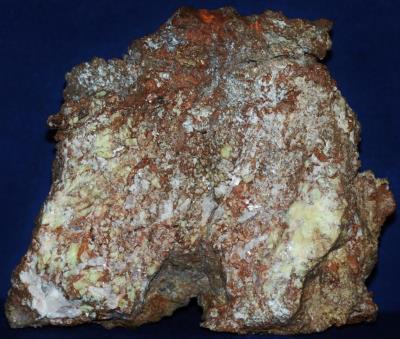 | | 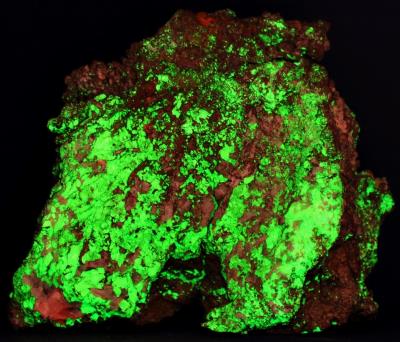 |
Copper, willemite (green, white) and calcite (white) from Franklin, NJ. 5" x 4". From the collection of, and photo by Robert A. Boymistruk.
| | Copper, willemite and calcite from Franklin, NJ under shortwave UV light. The willemite fluoresces green and the calcite red, copper is non-fluorescent. 5" x 4". From the collection of, and photo by Robert A. Boymistruk. |
|
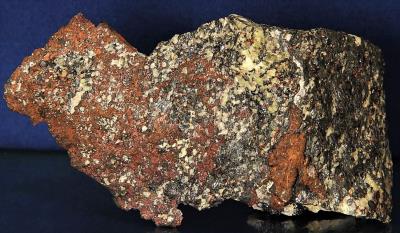 | | 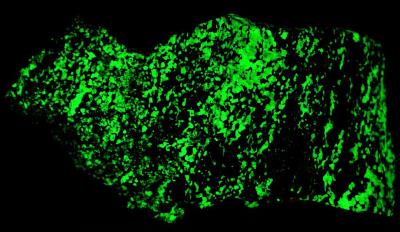 |
Copper, willemite (light green), franklinite (black) and minor zincite (red-brown) from Franklin, NJ. 4 1/4" x 2 1/8". From the collection of, and photo by Robert A. Boymistruk.
| | Copper, willemite, franklinite and minor zincite from Franklin from Franklin, NJ under shortwave UV light. The willemite fluoresces green, the copper, franklinite and zincite are non-fluorescent. 4 1/4" x 2 1/8". From the collection of, and photo by Robert A. Boymistruk. |
|
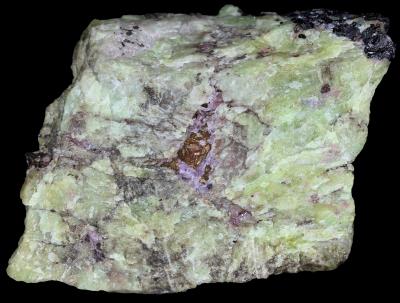 | | 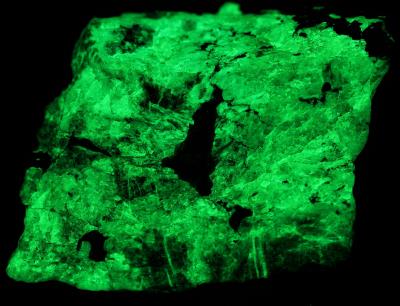 |
Copper, willemite (white to light green, gemmy), franklinite (black) and gemmy hodgkinsonite (purple) from Franklin, NJ. 2" x 1 1/2". From the collection of, and photo by WP.
| | Copper, willemite, franklinite and gemmy hodgkinsonite from Franklin, NJ under shortwave UV light. The willemite fluoresces green, the copper, franklinite and hodgkinsonite are non-fluorescent. 2" x 1 1/2". From the collection of, and photo by WP. |
|
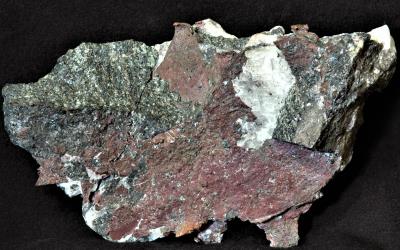 | | 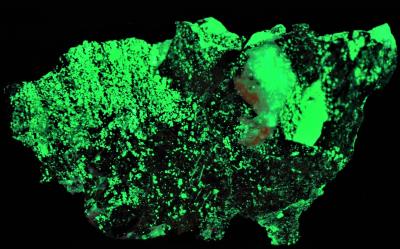 |
Copper (reddish-brown), willemite (white), franklinite (black) and minor calcite (white) from Franklin, NJ. 7" x 4". From the collection of, and photo by Robert A. Boymistruk.
| | Copper, willemite, franklinite and minor calcite from Franklin from Franklin, NJ under shortwave UV light. The willemite fluoresces green, calcite weak orange, the copper and franklinite are non-fluorescent. 7" x 4". From the collection of, and photo by Robert A. Boymistruk. |
|
